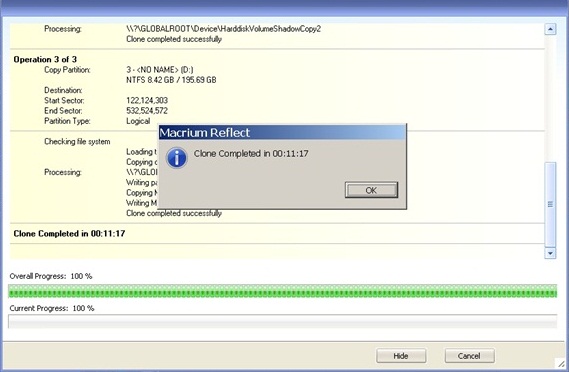
Previously, I would use the Clonezilla utility but this time, I decided not to use it because it was not user-friendly and did not take care of resulting boot issues (on the new drive). Rather than re-install Windows 10 from scratch, I decided to clone from the old drive to the new drive. So I decided to upgrade my Samsung 860 EVO 250GB 2.5 inch SATA SSD drive to a Crucial P2 500GB NVMe M.2 SSD drive. Supposedly NVMe drives, which look like small circuit boards, are even faster than SATA SSD drives. (You'll probably only need to do this if you're migrating from a hard drive to a smaller SSD we have a separate guide on that process here.I discovered that my Dell Optiplex 3050 desktop’s motherboard supported a NVMe M.2 SSD drive. If it isn't, you'll need to free up space on your source drive and shrink the main partition down to fit.

In most cases, your destination drive will probably need to be as large as, or larger than, your source drive. Once you've connected your drive, you can go through the cloning process, then disconnect it and install the drive internally. If, however, you're using a laptop with only one drive bay, you'll need an external SATA-to-USB adapter, dock (Opens in a new window), or enclosure to connect your bare drive to the computer. If you have a desktop computer and both drives are installed internally (or you're just cloning to a USB external drive for backup), great! You're ready to continue. How to Set Up Two-Factor Authenticationįor this process, you'll obviously need two drives: the source drive (with the data you want to clone), and the destination drive (where you're cloning that data to).How to Record the Screen on Your Windows PC or Mac.How to Convert YouTube Videos to MP3 Files.How to Save Money on Your Cell Phone Bill.
:max_bytes(150000):strip_icc()/01-how-to-clone-hdd-to-ssd-in-windows-4775671-9d5e40fd8ed049cc88ebb9cd3837ce05.jpg)


 0 kommentar(er)
0 kommentar(er)
